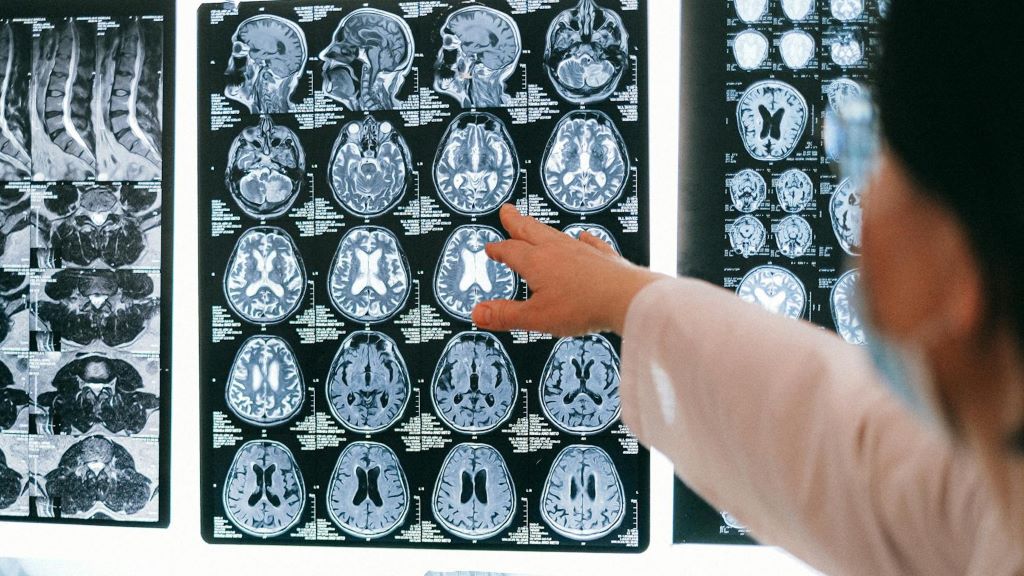Why Are Urban Children More Prone to Allergies?
Study finds unique immune cell linked to risk

A previously uncharacterised subset of immune cells may play a critical role in the development of allergic diseases and explain differences between urban and rural populations. The finding, published in the journal Allergy, provides new insight into how the immune system is shaped in early life – and why urban children are more prone to allergies than children from rural areas.
Led by researchers from the University of Rochester Medical Center (URMC) Department of Pediatrics, including MD/PhD student Catherine Pizzarello and senior author Kirsi Järvinen-Seppo, MD, PhD, the study uncovered a unique subpopulation of T cells known as helper 2 (Th2) cells with distinct molecular characteristics.
T-cells are the foundational immune cells that fight off infections, but there is evidence that this specific subtype is recognizing certain foods as allergenic and attacking them, according to Jarvinen-Seppo.
“These pro-allergic T cells are more inflammatory than anything previously described in this context,” said Järvinen-Seppo, chief of Pediatric Allergy and Immunology at UR Medicine Golisano Children’s Hospital. “They were found more frequently in urban infants who later developed allergies, suggesting they may be a predictive biomarker or even a mechanistic driver of allergic disease.”
The study compared blood samples from urban infants with those from infants in a farming community, specifically the Old Order Mennonites (OOM) of New York’s Finger Lakes region – known for their low rates of allergies. Researchers found that while urban infants had higher levels of the aggressive Th2 cells, OOM infants had more regulatory T cells that help keep the immune system in balance and reduce the likelihood of allergic responses.
While additional research is needed to identify a possible cause, Jarvinen-Seppo speculates that differences in the development of the gut microbiome between the two populations, and more exposure to “healthy” bacteria in rural children, may be a factor.
“The farming environment, which is rich in microbial exposure, appears to support the development of a more tolerant immune system. Meanwhile, the urban environment may promote the emergence of immune cells that are primed for allergic inflammation,” said Jarvinen-Seppo.
The work is part of a broader, NIH-funded investigation into how early-life exposures influence long-term immune outcomes. In 2023, Järvinen-Seppo’s team received a $7 million grant from the National Institute of Allergy and Infectious Diseases (NIAID) to study environmental, microbiome, and immune differences between OOM and urban infants. The goal is to continue this foundational work to uncover protective factors that could be translated into preventive therapies, including probiotics or microbiome-supporting interventions.
“If we can identify the conditions for this disparity between the different T cell subpopulations, we can potentially find solutions in allergic disease development,” Järvinen-Seppo said.





